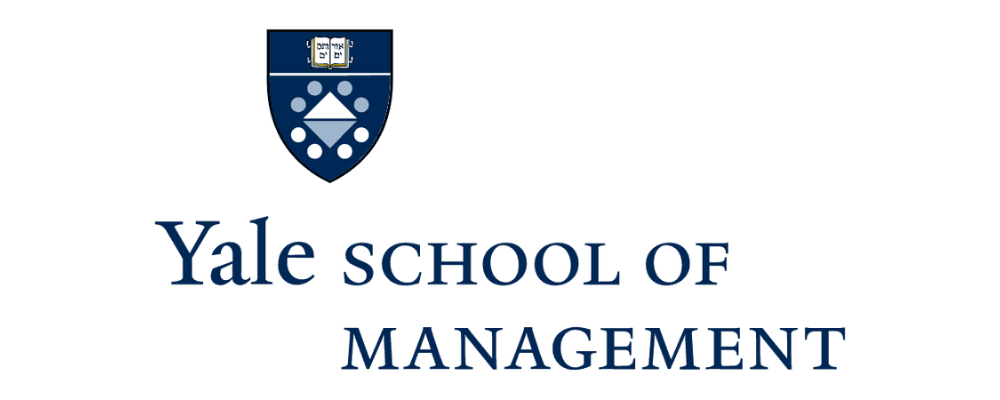
This commentary originally appeared in Newsweek. The views expressed are the author’s own.
Elon Musk’s so-called Department of Government Efficiency is not about reforming anything. It’s about cutting costs indiscriminately and gaining control over all the levers of government power. The result is that vital activities are being hastily cut alongside superfluous ones.
Understandably, change is needed across the federal government, and not just to address the budget deficit. But cutting costs alone does not ensure a better process. Anyone frustrated by their government’s sluggishness in license renewals, passport replacement, Medicare coverage errors, or IRS harassment can relate to the sense of a system out of control.
For 40 years, cartoonist Scott Adam’s popular “Dilbert” comic strip has drawn on his experience as a phone company employee to satirize toxic systems out of control. Earlier, Joseph Heller’s 1961 World War II novel Catch-22 similarly parodied military leadership for such routinized waste and incompetence.
Similarly, Robert Townsend’s 1970 best seller Up the Organization: How to Stop the Corporation from Stifling People and Strangling Profits raised similar organizational pathologies in the corporate world. Author Lawrence J. Peter’s infamous Peter Principle warned in 1969, “It’s a poor bureaucrat who can’t stall a good idea until a sponsor is relieved to see it dead and officially buried. An idea’s worth is directly proportional to the opposition created.” Peter explained that the source of the problem is hierarchy. “In a hierarchy, every employee tends to rise to his level of incompetence. Work is accomplished by those employees who have not yet reached their level of incompetence.”
A 1955 Economist essay by British naval historian C. Northcote Parkinson labeled Parkinson’s Law observed “work expands so as to fill the time available for its completion,” and, “the number of workers…tends to grow, regardless of the amount of work to be done.” This was attributed mainly to two drives: first that officials want subordinates and not rivals, and second that officials make work for each other.
None of this is being addressed by Musk’s reign of terror.
DOGE morphed from its expected advisory role to that of an actual wrecking ball. Musk stated at an impromptu press conference with President Donald Trump that “We have this fourth, unelected, unconstitutional branch which is the bureaucracy. If the bureaucracy is in charge, then what meaning does democracy actually have?”
Of course, this has prompted many elected officials, including even prominent Republican legislators, to question Musk’s role, seeing the intrusion and viewing the attack on government operations as harmful.
The concerns are not only regarding DOGE’s unclear authority and lack of security clearances to track trillions of dollars of sensitive Federal spending, but also to drive out thousands of critical workers across the federal bureaucracy, including hundreds from the Centers for Disease Control and Prevention and the Federal Emergency Management Agency. There are also concerns over the wholesale shutdown of Congressionally funded organizations like the U.S. Agency for International Development and Consumer Financial Protection Bureau.
The mass firings have been so reckless that the government is now trying to bring back hundreds of skilled workers from the National Nuclear Safety Administration. Unfortunately, it no longer knows how to reach them with their emails terminated.
Nonetheless, Musk’s mission has echoes in the private sector-targeted work of “reengineering” consultants Michael Hammer and James Champy, who advised companies to “obliterate, not automate” antiquated tasks:
“Reengineering cannot be planned meticulously and accomplished in small and cautious steps. Every business is replete with implicit rules left over from earlier decades. “No one in an organization wants reengineering… Reengineering must feel disruptive, not comfortable. Insisting that reengineering must be neat is insisting that it not be reengineering.”
The danger of all this, however, is that destroying all structures leads to corruption, chaos, and coercion. A century ago, the pioneering German sociologist Max Weber argued that, despite its flaws, bureaucracy was the most technically proficient form of organization for promoting specialized expertise, predictability, continuity, and unity driven by political bias and transcending personal favoritism of bosses.
The pathologies of bureaucracy that are attacked by Musk and ridiculed by popular parodies were warned of by sociologist Robert K. Merton, in 1936, as unanticipated negative consequences. These include ritualization of tasks, the displacement of goals, trained incapacity, over-conformity and a mechanical depersonalization of relationships.
Not good.
But arbitrary mass layoffs and blowing up departments in tantrums replaces bloated organizations with fearful employees and an environment where no work is likely to get done.
The reengineering gurus of the 1990s called for relying on process maps rather than organization charts, but we don’t see any such new process vision following from DOGE’s bomb throwing. Musk has no experience as a turnaround manager. He has been a magical business builder at Tesla and SpaceX.
However, his X/Twitter purchase is a failing turnaround project, as it has fallen from his $44 billion purchase price and is now estimated by Fidelity to be worth no more than $12 billion—a staggering 75% decline in value.
The question is, can Musk do better at turning around the federal government than he has with X?
As revered Congressional leader Sam Rayburn said 80 years ago, “Any jackass can kick down a barn. It takes a skilled carpenter to build one.”
“The Yale School of Management is the graduate business school of Yale University, a private research university in New Haven, Connecticut.”
Please visit the firm link to site


